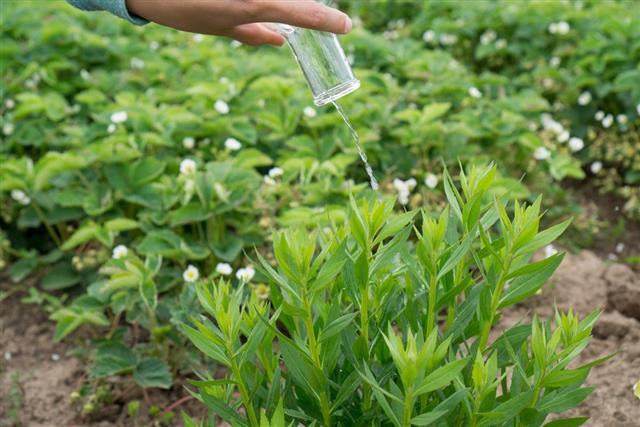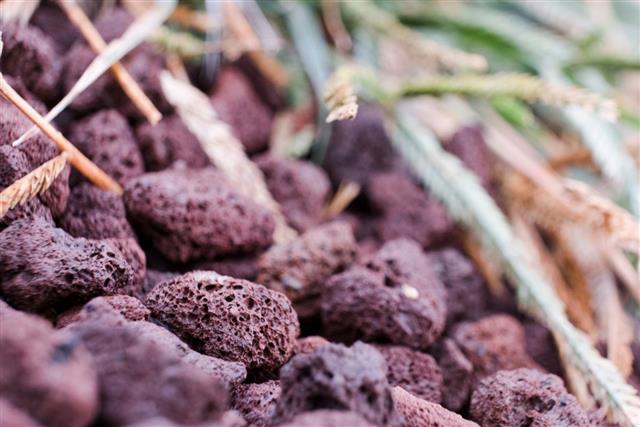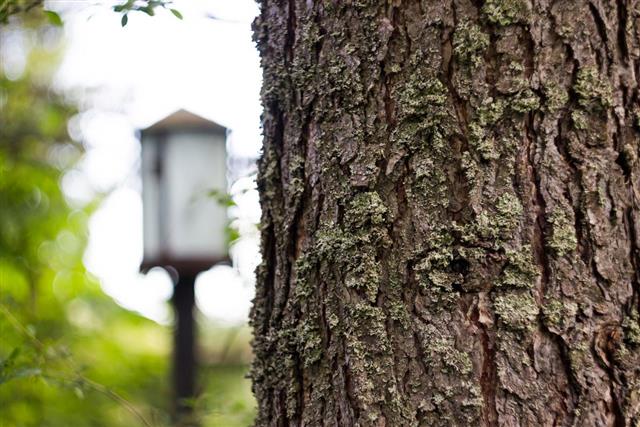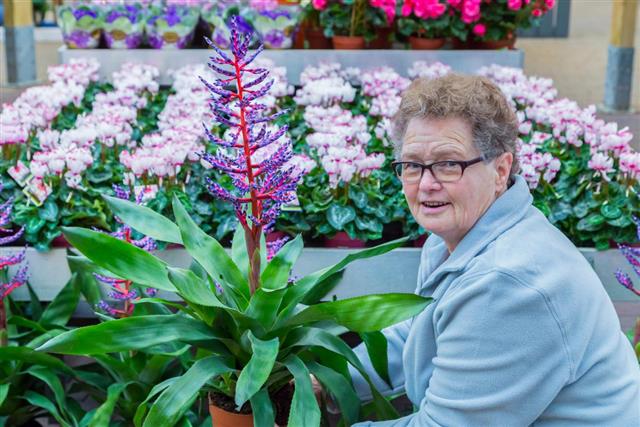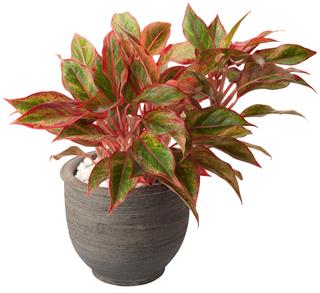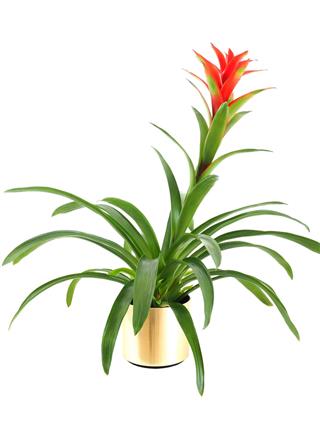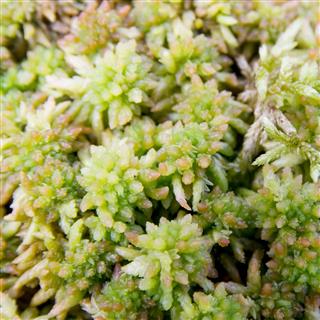
While caring for epiphytic plants, the main approach is to study their natural habitat and try to maintain a replica of the same. If this can be achieved, maintaining healthy epiphytic plants is nothing more than growing regular plants in containers.
Epiphytic plants are also called air plants or aerophytes, with respect to their growth habit. They grow on another plant for support (not in soil), while obtaining moisture and nutrition from the environment. However, epiphytes can grow independently without host plants, hence they differ from parasitic plants like cuscuta. And if you want variety in your gardening or landscaping projects, these epiphytic plants are excellent choices. They are easy to grow and care for, except that you provide their basic growth requirements.
Tips to Take Care of Epiphytic Plants
The air plants differ from regular plants in their growth medium. They do not root in potting soil or garden soil, but their roots are exposed to air. You might have already seen orchid roots clinging to tree branches. Popularly cultivated epiphytes that produce amazingly beautiful blooms are bromeliads, orchids and epiphytic utricularia. Also, staghorn ferns planted for their attractive fronds are air plants. These epiphytic plants need specific care and maintenance level for cultivation. Here’s how to take care of epiphytic plants.
- A crucial step for successful growing of orchids or other epiphytic plants is starting with healthy specimens. This holds true for all gardening projects, irrespective of which cultivar you are planting. If possible, visit your local nursery and ask for the saplings of plants, which interest you.
- Pick up individual plants and inspect the stem, leaves and roots (if visible) before purchasing. Finalize a plant only if it has luxuriant leaves and stem. Those having damaged parts should be avoided. You can seek advice regarding the growth conditions of the chosen saplings.
- In the natural habitat, aerophytes grow on the tree trunks, old buildings and logs. In absence of these, you can grow them in soil-less media. Some popular options are fir bark, sphagnum moss, lava rock, crushed coir, Osmunda fiber, charcoal, redwood bark or a mixture of these components.
- The growth medium of bromeliads and other epiphytic plants should be such that it encourages root growth and hold nutrients, without suffocating the root system. Choosing correct growing medium is an important aspect in caring for epiphytic plants, as most hobbyists make a mistake on this part.
- Another epiphytic plants care tip is providing light intensity within the preferable range. Though these are tropical plants, they grow on the branches of larger trees and hardly get sunlight. So, while growing epiphytes, they can be placed in partial shade, or areas that receive indirect sunlight.
- Coming to the irrigation of epiphytic plants, constant drenching of the root system should be strictly avoided. Remember that they are aerophytes, and the roots require air circulation for optimal growth. Just allow the roots to soak in room temperature water for 15 minutes once in a week.
- Epiphytic plants perform well in high humidity level. So, try to maintain warm, humid condition for promoting growth of bromeliads and orchids.
- Applying fertilizer should be restricted to once or twice in a month. In order to encourage growth of aerophytes and ensure timely blooming, supplement a low dose of all-purpose liquid fertilizer. Or fish emulsion fertilizer also works great for orchids and their related plant varieties.
- Epiphytic plant care tips also include protecting them from strong winds and cold winter temperature. Accordingly, you can make the necessary arrangements to minimize wind effects. As for maintaining temperature, you can transfer them inside during winter season.
This is how you can grow and care for epiphytic plants. Most people assume that air plants are challenging to cultivate at home, which is definitely not true. The fact is, they don’t require regular watering and feeding, and are much easier to maintain than other flowering plants. To get best results, you just need to provide warmth, humidity, indirect sunlight, wind protection and moisture.
